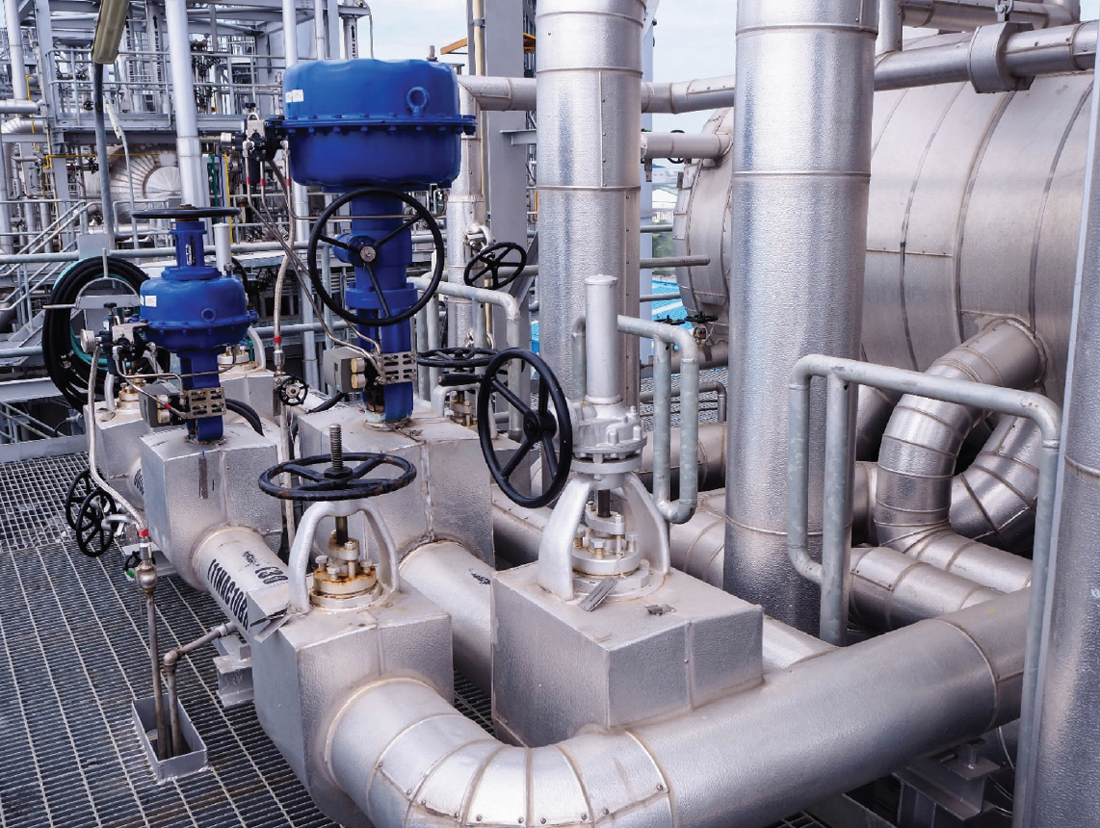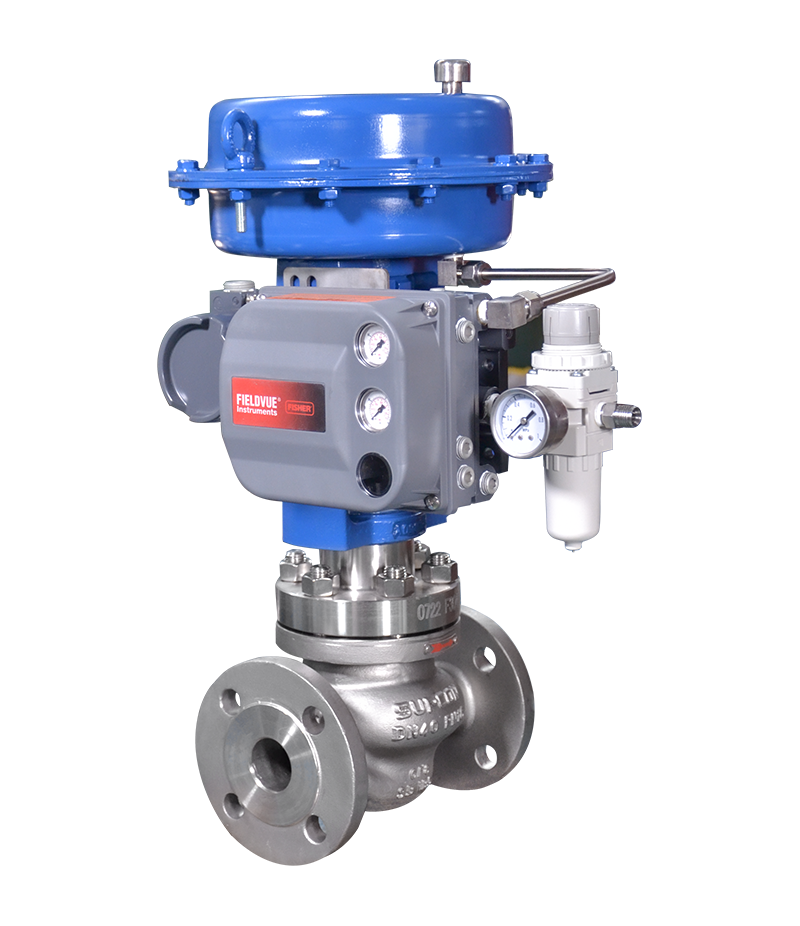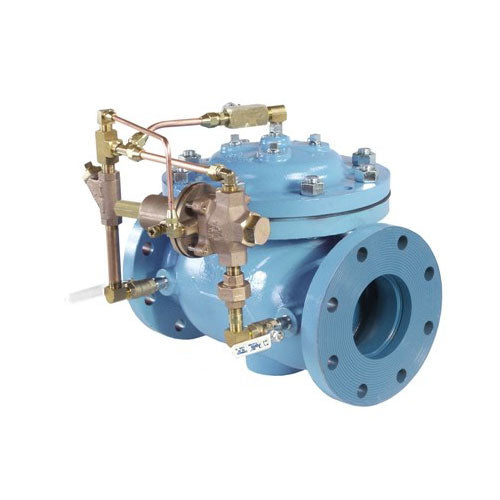Enhancing Functional Performance with Advanced Control Valves
Enhancing Functional Performance with Advanced Control Valves
Blog Article

Maximize Power Savings and Comfort With Advanced Building Automation Controls
In the realm of modern architecture and center management, the combination of sophisticated structure automation controls stands as a pivotal improvement. The merging of technology and sustainability has actually birthed a new period where energy effectiveness, convenience optimization, and functional streamlining are no more attainable realities but distant aspirations. By utilizing the power of automation, structures can adapt, respond, and advance in manner ins which were once inconceivable. The possibility for considerable power cost savings and boosted comfort is not just a possibility yet a promise waiting to be fulfilled. This standard shift in building management holds the key to unlocking a globe where environmental conscientiousness and resident well-being harmoniously exist side-by-side within the walls of our structures.
Energy Effectiveness Conveniences
Energy efficiency benefits can considerably decrease energy usage and functional costs in buildings. By applying energy-efficient practices and technologies, building owners and operators can achieve substantial cost savings while additionally adding to environmental sustainability. One of the key benefits of enhancing power effectiveness in structures is the reduction of utility bills. Energy-efficient systems, such as sophisticated structure automation controls, can optimize using resources like lights, cooling, and heating, causing reduced energy costs over time.
Additionally, boosted energy performance can lengthen the life expectancy of building devices and systems. By operating more successfully, heating and cooling systems, lighting fixtures, and other structure components experience less deterioration, resulting in minimized maintenance and substitute prices. Additionally, energy-efficient buildings often command higher home values and rental prices, supplying long-term economic advantages to owners.
Furthermore, energy efficiency can improve resident comfort and performance. Appropriately managed indoor settings with optimum lights and thermal problems develop a more conducive and pleasant workspace, resulting in enhanced worker contentment and performance. On the whole, the power effectiveness benefits connected with advanced building automation controls are multifaceted, encompassing cost financial savings, ecological stewardship, and owner wellness.
Boosted Comfort Control
Enhancing convenience control in structure settings needs a sophisticated assimilation of sophisticated automation systems for ideal owner wellness. By using advanced building automation controls, centers can customize the interior environment to meet the certain needs and preferences of owners. These systems make it possible for specific law of temperature, air flow, and lighting, developing a comfortable and productive environment. Occupant complete satisfaction and productivity are very closely connected to thermal convenience, making it crucial to have systems in location that can adapt to transforming conditions in real-time.
By including these innovative controls, buildings can not just improve convenience yet also boost power effectiveness by enhancing system operations based on actual tenancy and use patterns. Eventually, prioritizing passenger comfort via sophisticated automation systems leads to an extra pleasurable and much healthier indoor atmosphere.
Operational Effectiveness Improvements

In addition, the execution of real-time monitoring and analytics tools enables building drivers to identify energy inadequacies and functional abnormalities promptly. By continuously checking power use patterns and system performance metrics, changes can be made in real-time to optimize energy usage and ensure peak operational performance. control valves. Additionally, integrating need response approaches into structure automation controls can better enhance operational effectiveness by dynamically adjusting energy usage based upon grid conditions and pricing signals
Indoor Environment Optimization
Reliable interior climate optimization is a basic facet of structure automation controls, making certain owners' comfort check this site out and wellness while maximizing energy savings. By using sophisticated sensing units and controls, developing automation systems can constantly monitor and change temperature, humidity levels, air high quality, and ventilation to develop an ideal interior setting. Keeping comfy and regular conditions not only improves occupant complete satisfaction but likewise increases performance and total health.
Interior environment optimization additionally plays a crucial duty in power performance. By fine-tuning air flow, home heating, and cooling systems based upon real-time information and here tenancy patterns, developing automation controls can significantly minimize energy intake - control valves. Implementing methods such as demand-controlled ventilation and thermal zoning can help reduce power waste while ensuring that each location of the building gets the essential conditioning.

Lasting Atmosphere Development
Building automation controls not only optimize indoor climate problems for energy effectiveness and occupant comfort but also lay the foundation for developing a sustainable atmosphere with strategic management of systems and sources. By integrating innovative structure automation modern technologies, such as sensing units, actuators, and smart software, centers can adjust and check energy use in real-time to minimize waste and reduce their carbon footprint. These systems make it possible for anticipating maintenance, recognizing possible concerns prior to they rise and optimizing equipment performance to boost longevity and effectiveness.
Additionally, lasting atmosphere creation prolongs beyond energy monitoring to incorporate water preservation, waste reduction, and interior here are the findings air high quality enhancement. Structure automation controls can control water usage, detect leakages, and make sure correct garbage disposal techniques, adding to general sustainability efforts. Additionally, by controlling and keeping an eye on air flow and purification systems, these modern technologies boost occupant wellness and efficiency while reducing energy usage linked with a/c operations.
Final Thought
To conclude, progressed building automation regulates deal considerable advantages in regards to power cost savings, convenience control, functional efficiency, interior climate optimization, and creating a sustainable environment. By executing these controls, buildings can attain optimum efficiency while minimizing energy intake and boosting resident convenience. It appears that using advanced automation innovation is important in improving structure performance and producing a more sustainable future.
Power efficiency benefits can substantially lower energy intake and operational expenses in structures. In general, the power effectiveness advantages connected with sophisticated building automation controls are complex, encompassing cost savings, ecological stewardship, and resident wellness.
Furthermore, incorporating need action approaches into structure automation controls can better boost functional performance by dynamically adjusting energy use based on grid problems and rates signals.
Structure automation controls not only maximize indoor environment problems for power effectiveness and occupant comfort yet also lay the structure for creating a lasting setting through calculated administration of resources and systems.In verdict, progressed building automation regulates offer substantial advantages in terms of power financial savings, convenience control, functional performance, indoor environment optimization, and developing a lasting environment.
Report this page